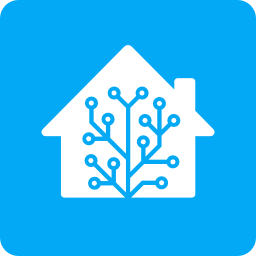A few years ago a friend gave me an “Urban Shop” glitter lamp as a gift. It was a neat twist on a lava lamp that used LEDs and glitter with a motor that spun the fluid using a magnetic string bar.
While it was a great vibe, it used three AA batteries and the stirring would cycle on and off regularly causing the noise to start and stop, which I found more distracting than just leaving it on.
I found that the on-off switch was actual an on-on switch without a second connection, so I took an old USB cable and hardwired the second switch terminal so that I could power it from a power supply or batteries.
This was a drastic improvement to me, but I didn’t like the cord always being attached and the motor cycling was still annoying. Eventually, the lamp ended up on a shelf for a later date.
Today, I pulled the lamp down because I finally tried ESPHome because I keep hearing about it in other people’s projects and wanted to finally try the full smart conversion of this lamp. After several hours of trying to reuse the existing surface-mount LEDs and wiring, I gutted the whole damn thing and installed my own 5mm LEDs, rewired the motor, and added a button for controls and wired everything into a Raspberry Pi Pico W I had bought years ago.
Now I have a lamp that can be controlled locally from the button, can be reprogrammed from my computer without moving the lamp, can be controlled from Home Assistant, and performs exactly how I want.


Oh yeah, statistics gathering is something I think is generally a bit underrated. Many people see it as “gimmicky” compared to the automation features, but whether it’s statistics about electricity water or air quality, I’ve found that there’s so much insight to be gained about what’s happening in your home over the course of a day.
And since you’re talking about sleep quality: One thing I’ve recently found out is that there’s a addon for HA that can calculate the absolute humidity based on the temperature and relative humidity. That way you can figure out if opening the windows will increase or decrease the relative humidity and by how much BEFORE opening the windows.
Figured this out after trying to reduce the relative humidity of the bedroom by opening the windows and accidentally letting more humidity in despite the relative outside humidity being lower than on the inside.
Oh that is an interesting one indeed. Especially here in Korea the summers are not so extreamly hot but extreamly humid, which is much worse for people like me who regulate their temperature maily with sweating :D